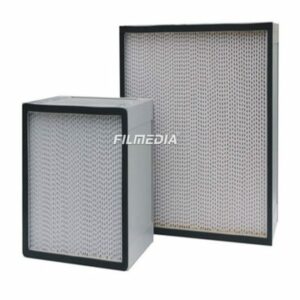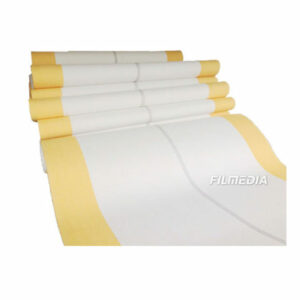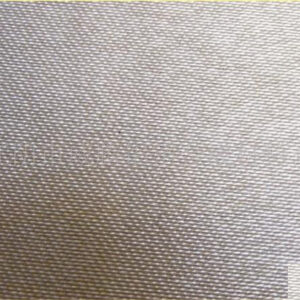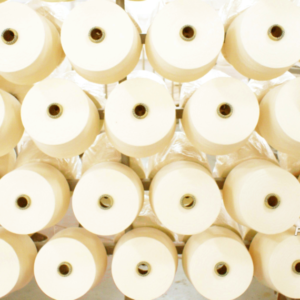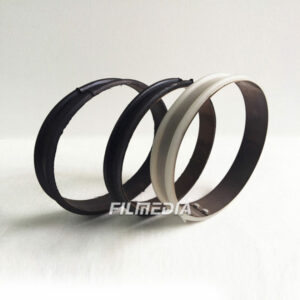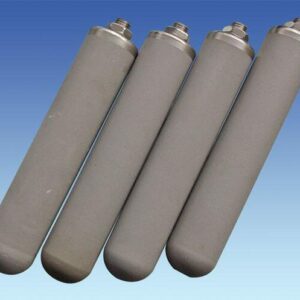What is polyester wadding? The difference between polyester wadding and non-glue cotton.
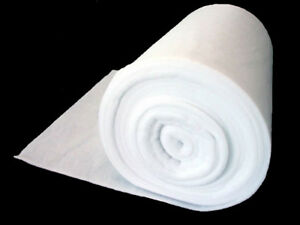
Polyester wadding is a relatively common non-manufactured fabric, also known as sprayed cotton. Porosity and high loft are its biggest characteristics. Therefore, polyester wadding has a good thermal insulation effect and is an important manufacturing material for cotton clothing and ski shirts. As an important material for space suits and quilts, polyester wadding is often used in sleeping bags and other bedding. It is an important material for many kinds of industrial products. The so-called space cotton or vacuum cotton in daily life will also contain this ingredient. The adhesive bridging is the reason why it can keep loose, soft, and keep warm. So, what is polyester wadding, and what is its use?
What is polyester wadding?
The composition of polyester wadding is polyester (a kind of chemical fiber). The principle of polyester wadding structure is to spray the adhesive on both sides of the fluffy fiber layer. Because there is a certain pressure during spraying, and when the lower part is vacuumed, Therefore, the adhesive can be penetrated into the fiber layer. After spraying the adhesive, the fiber layer is dried and cured, so that the junction points between the fibers are bonded, and the fibers that are not bonded to each other, There is still considerable freedom. At the same time, in the three-dimensional network structure, there are still many voids containing air. Therefore, the fiber layer has a porous and high-loft warmth retention effect.
Because the polyester wadding is sprayed, not under the dipping condition, the adhesive is added, and it is no longer pressed by pressure after spraying to solidify and shape. Therefore, in the bonding state of the fibers, most of the intersections are in contact, while the agglomeration of the adhesive is less. This is the main reason why sprayed cotton can remain loose, soft, and warm.
What is the use of polyester wadding?
The glue-sprayed cotton is pure polyester fiber, which is synthesized by carding, glue-spraying, and ironing. It has the characteristics of warmth, tensile strength, resilience, moisture resistance, and washing resistance. It is fluffy, soft, flat, and firm, and is an ideal filling material for all kinds of winter clothes, bedding, and household items. Therefore, in recent years, it has become an important material for processing and manufacturing cotton clothing and ski shirts, space suits and quilts, sleeping bags and other bedding, and certain industrial products.
Now the degree of simulation of polyester wadding is incredible, so when you choose polyester wadding, you must learn to identify polyester wadding. The whiter the color, the better the polyester wadding, and the bulkiness, glue, etc. For those who are particular about it, we generally choose a reputable merchant, so we are not afraid of fake products.
The above is a specific introduction to polyester wadding and its use. As a common industrial material, there are certain requirements for use specifications. Before use, you must understand the user requirements in detail to avoid problems in the use process and cause the product to be unqualified. Therefore, do identification before buying.
What is the difference between polyester wadding and non-glue cotton?
Theoretically speaking, non-glue cotton is made of new organic materials, so it is better than pure natural cotton in terms of corrosion resistance and air permeability, and can provide people with ideal filling effects, and it has a lower cost and quality. Lightweight, so it is more popular among consumers.
The difference between polyester wadding and non-glue cotton
- Non-glued cotton is generally softer than sprayed cotton, has better warmth retention, and is very washable, and can generally be used as a filler for various items in daily life. The polyester wadding is generally mainly used in heavy industry and chemical fields such as railways, air heaters, and filtration.
- In terms of filtration performance, spray-painted cotton has a better filtration effect, generally medium-efficiency filtration, and is often used in various places with relatively high air quality requirements, as a filter device for air conditioning and control systems; but no rubber cotton The filtering effect is slightly inferior, which is the initial filtering effect and is usually used in the water filtering system of fish tanks.
